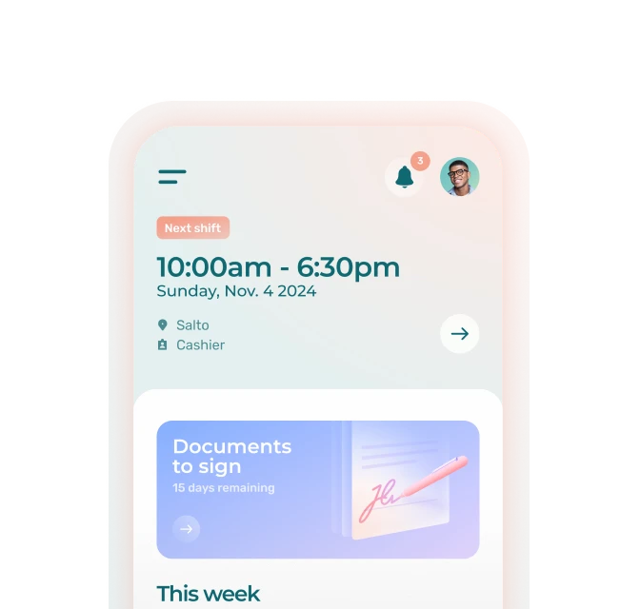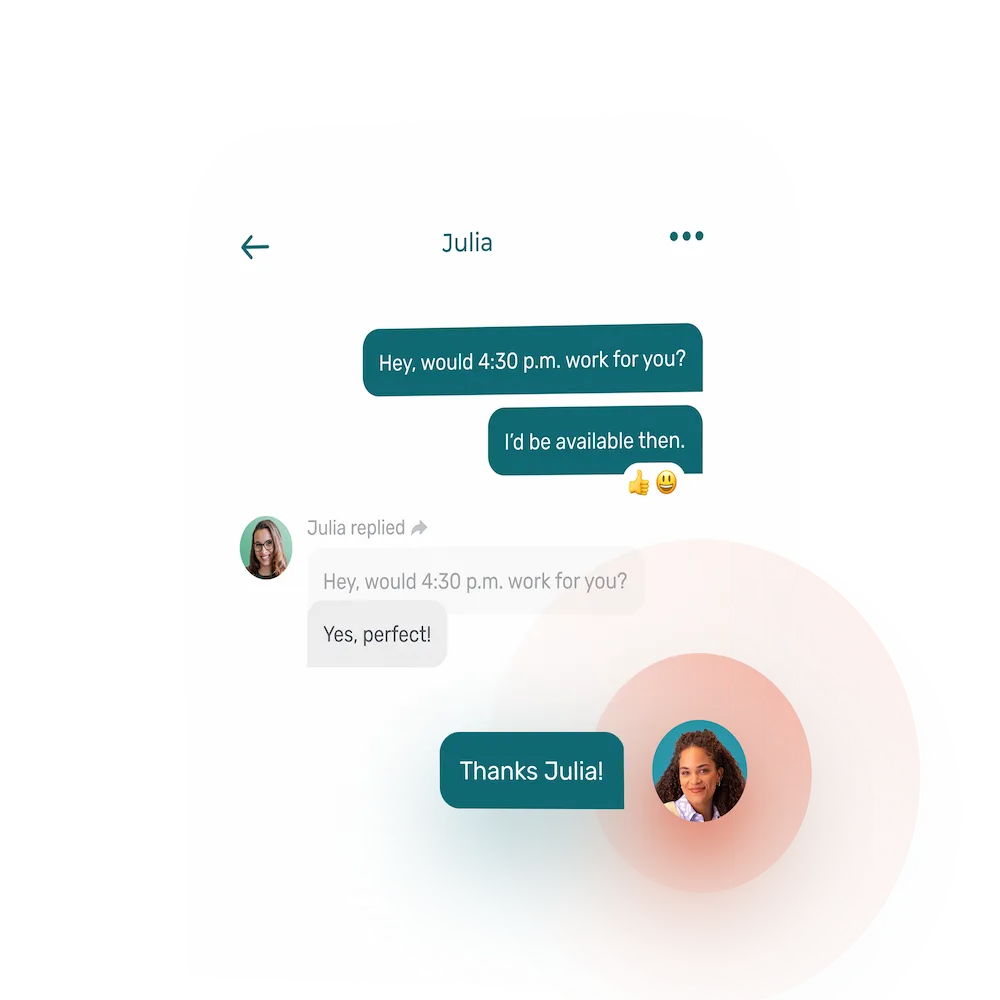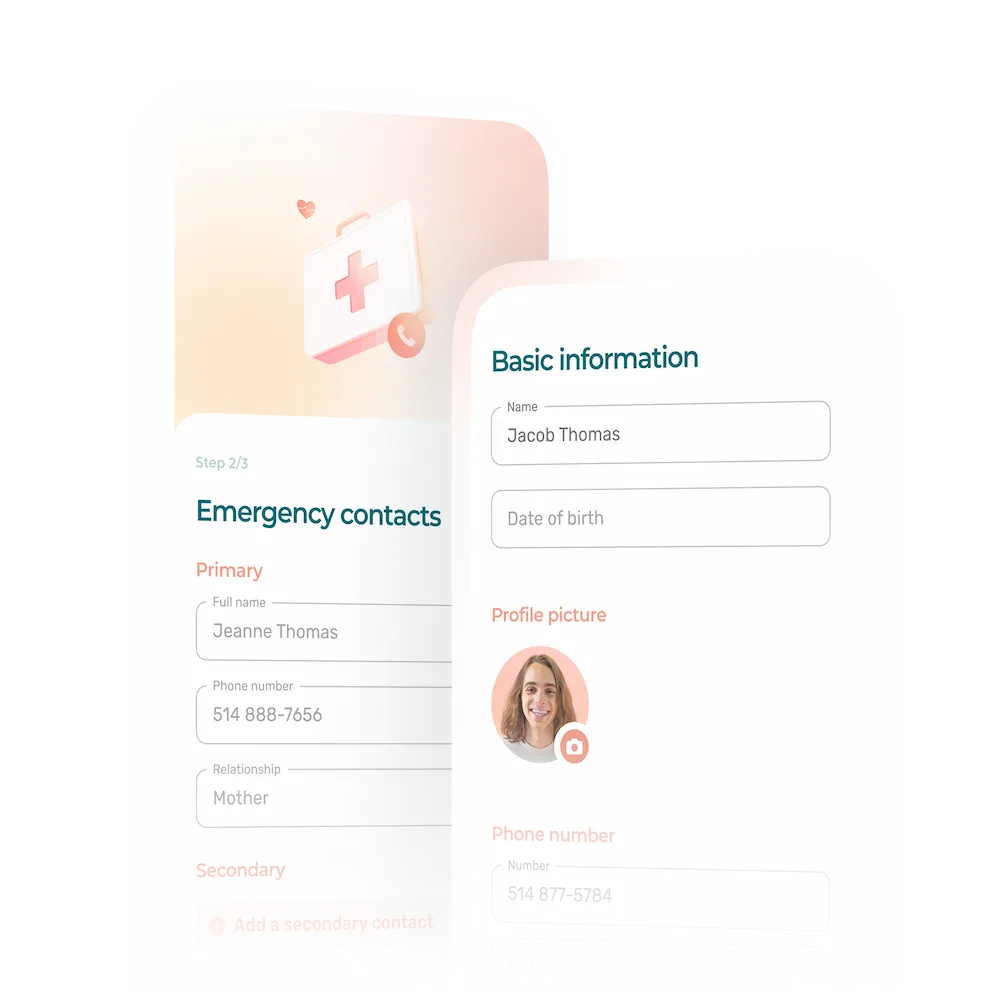Workplace discipline is a tough but essential part of the manager’s role.
It helps the company operate more efficiently, fosters better relationships, and prevents long-term issues.
What Is Workplace Discipline?
Workplace discipline is about how employers enforce rules and expectations. In practice, it involves establishing rules and policies to be followed within the company and sanctioning employees who do not comply.
Workplace discipline sets clear expectations for things like attendance, communication, and productivity. It is key to keeping things running smoothly and ensuring everyone’s safety. Further, it builds trust and transparency, making relationships stronger at work.
Clear policies, rules, and expectations help avoid confusion, conflicts, and frustration down the road.
Why Is It So Important?
Workplace discipline is important for both employers and employees.
Employees who face discipline from their supervisor often have the chance to learn and grow in their role. It becomes a learning opportunity, helping them correct their behavior to maintain their job.
For employers, enforcing discipline keeps the business running smoothly and protects it from legal headaches, especially when it comes to firing someone.
Workplace discipline helps to:
- Boost productivity
- Keep everyone in line with the rules
- Foster a positive work environment
- Build trust among the team
- Hold people accountable
- Cut down on mistakes and accidents
- Create learning opportunities
12 Steps to Better Workplace Discipline
Maintaining a harmonious and productive work environment requires a structured and proactive approach to discipline. Effectively managing problematic behaviors or violations of internal policies is essential to ensuring fairness, employee motivation, and overall efficiency within your organization.
Discipline isn’t about punishment; it’s a chance for employees to learn and grow.
It must be applied fairly, consistently, and respectfully while fostering open communication between managers and employees.
Discover 12 key steps to establishing better workplace discipline. These practices will help you lay the foundation for effective disciplinary management, strengthen team engagement, and maintain a positive company culture.
1. Know Your Regional Laws
Disciplinary measures vary by location, and it is the employer’s responsibility to understand the applicable laws to ensure proper procedures are followed—especially in cases of termination.
Here’s our essential guide to properly dismissing an employee.
The disciplinary action and HR responsibilities will differ depending on whether an employee commits a minor or serious offense.
A minor offense does not justify immediate termination but should be documented in case the situation escalates and leads to termination. A serious offense, on the other hand, may warrant immediate dismissal. In such cases, the HR team must gather and document evidence in case the employee challenges the decision.
Every situation is unique. When in doubt, seek advice from labor law experts.
2. Establish Clear Rules for All Employees
Employees, supervisors, managers, and executives—ideally, everyone should follow the same rules. If different rules apply depending on an employee’s position, it can create tension and foster a sense of unfairness within the team.
Make sure to draft a clear and accessible code of conduct that outlines expectations, acceptable behaviors, and what is considered inappropriate. Every employee should be aware of and fully understand these rules. Consider holding annual training sessions to reinforce them.
Your team should also have easy access to company policies and guidelines at all times, such as in an employee handbook.
Here are some key policies to include in your organization:
- Absenteeism policy
- Leave policy
- Right to disconnect policy
- Social media usage policy
- Employee handbook: dress code, scheduling system, employee rights, etc.
3. Communicate Expectations Regularly
Communication is one of the most important factors when it comes to enforcing discipline. Rules and policies must be clear and well understood for disciplinary measures to be effective.
Regularly updating or simply reminding employees of your expectations is a great habit to adopt. Don’t wait for issues to arise or for bad habits to form before taking action.
Use team meetings as an opportunity to reinforce key rules, and encourage employees to review company policies at least once a year.
💡 Post your policies in your employee management software’s news feed and enable the read confirmation feature.
4. Determine the Disciplinary Methods to Implement
Make sure to clearly explain to employees the different disciplinary measures in place so they know exactly what to expect.
Your approach should include not only sanctions but also solutions.
Possible sanctions:
- Verbal warning
- Written warning
- Suspension
- Reassignment
- Demotion
- Unpaid suspension
- Paid suspension
- Termination
👉 Here’s an article on everything you need to know about workplace warnings.
Solution-oriented disciplinary measures:
- Mandatory training
- Workshops
- Professional courses
- Mentorship programs
5. Lead by Example
Managers must set a positive example for employees.
If you expect employees to always be on time but frequently arrive late or at inconsistent hours yourself, they may perceive the policy as unfair.
Lead by example by consistently following company rules and embodying its values.
6. Track and Document Disciplinary Actions
Always keep records of any disciplinary actions taken with employees. Be precise—include dates, times, circumstances, and the names of those present.
Store this information securely, whether in a locked filing cabinet or within your employee management software.
Digitize HR files and employee records. This ensures all information is centralized and securely stored.
Your documents remain easily accessible at all times and simple to retrieve. You can even have employees sign documents directly in the software using electronic signatures.
7. Act Quickly and Be Proactive
When an issue arises, act fast and make sure you document everything. Meet with anyone concerned right away while the details are still fresh.
This approach helps reduce unnecessary stress for employees and demonstrates that you genuinely care about their well-being.
💡 Digitize your notes in each employee’s HR file within your management software to ensure all records are securely stored and easily accessible.
8. Be Consistent in Your Disciplinary Approach
Make sure you handle discipline the same way every time. Always follow the same procedure.
For example, when a rule is violated, discuss the issue privately with the employee. Explain why the behavior is problematic and what the consequences will be if it happens again. Document everything and provide the employee with a copy. Ask them to sign the document to keep a record in case of any disputes.
9. Offer Solutions
It’s important to provide solutions to your employees as part of the disciplinary process. Help them improve by offering your support.
For example, provide additional training if employees are not performing well enough. You could also adjust their schedule if it poses a problem. For instance, an employee who relies on public transportation may benefit from a slightly different work schedule.
Be proactive and creative in finding ways to help your employees perform better.
10. Apply Fair and Proportional Sanctions
Use a progressive discipline approach where the consequences match the seriousness of the issue. For example:
- Verbal warning
- Written warning
- Temporary suspension
- Termination
In other words, the punishment should always fit the crime—don’t go overboard. For instance, a temporary suspension for an employee who is 5 minutes late may seem excessive. However, the same suspension for an employee who consistently arrives 15 minutes late despite several verbal and written warnings may be justified.
Ensure that these sanctions are fair and consistent with your internal policies.
11. Acknowledge Employees’ Efforts
When an employee makes an effort to correct their behavior, recognize their progress to encourage lasting change.
If employees only receive feedback when they’ve done something wrong, it may foster negative working relationships. Be sure to acknowledge their efforts and highlight their achievements by offering constructive feedback.
12. Conduct Regular Follow-Ups
Disciplining an employee means following up to make sure the issue is actually resolved.
Don’t hesitate to schedule follow-up meetings to assess whether the employee has improved, and discuss next steps if needed. Also, make sure to provide detailed feedback to your employees during their performance reviews.
A Few Words on Progressive Discipline
Progressive discipline refers to a system of disciplinary measures that are implemented in increasing severity. This approach ensures that consequences are proportional to the seriousness of the employee’s actions, allowing for fair treatment at every stage.
What to Do and What Not to Do Regarding Workplace Discipline
Do ✅
- Have clear policies
- Communicate the same information to everyone
- Communicate clearly
- Build a relationship of trust with employees
- Be consistent in disciplining employees
- Be fair to all employees
- Keep notes and document disciplinary actions
- Act quickly when issues arise
- Provide feedback to employees
- Recognize achievements
Don’t ⛔
- Apply discipline differently for each employee
- Fail to follow established rules and policies
- Threaten employees
- Neglect to follow up with employees
- Assume they fully understand their wrongdoing
- Make disciplinary actions personal
- Let your emotions take over.
What Is Workplace Discipline?
Workplace discipline refers to a set of behaviors, attitudes, and practices that help maintain an organized, productive, and respectful work environment.
It relies on the ability of both employees and employers to adhere to the standards, procedures, and expectations associated with their roles within the organization.
What Is Positive Discipline?
Positive discipline is an approach that encourages employees to adopt good behaviors and habits through constructive means rather than punishments or sanctions.
It is highly dependent on mutual respect and cooperation within the team.
What Is Progressive Discipline?
Progressive discipline is an approach that advocates for a gradual escalation of sanctions to correct an employee’s behavior or actions. It provides multiple opportunities for an employee to improve before more severe consequences are imposed.
Why Is Workplace Discipline Important?
Workplace discipline is essential because it ensures the smooth operation of an organization, helps achieve business goals, and fosters a healthy work environment.













